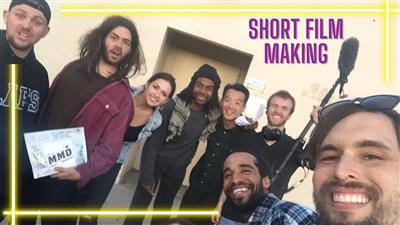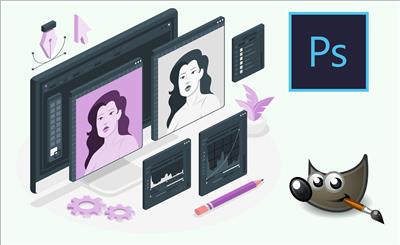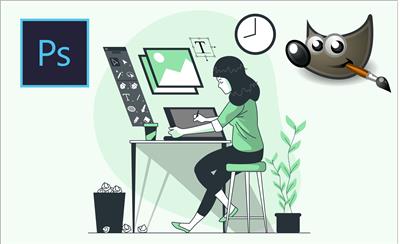
Design Thinking: A Human-Centered Approach to Innovation
Design Thinking: A Human-Centered Approach to Innovation
Design Thinking has emerged as a powerful methodology for solving complex problems, driving innovation, and developing creative solutions. Whether you're designing a product, service, or experience, Design Thinking provides a structured yet flexible framework that prioritizes the needs of the user. But what exactly is Design Thinking, and how does it differ from traditional problem-solving approaches? Let’s take a deep dive into this transformative method.
What is Design Thinking?
Design Thinking is a human-centered approach to innovation and problem-solving that focuses on understanding the needs of the users, challenging assumptions, and generating innovative solutions through collaboration and iteration. It's more than just a process—Design Thinking is a mindset that emphasizes empathy, experimentation, and continuous learning.
The methodology was popularized by companies like IDEO, which applied these principles to everything from product development to organizational strategy. Today, Design Thinking is used in a wide range of industries, including business, healthcare, education, and technology, as a means of tackling complex problems in a creative, user-focused way.
The Origins and Evolution of Design Thinking
Although Design Thinking has gained popularity in recent years, its roots go back to the fields of architecture and industrial design in the mid-20th century. Visionaries like Herbert A. Simon and Rolf Faste laid the foundation for the formalization of this approach. Over time, it evolved into a holistic problem-solving framework that has been adapted for various industries beyond traditional design fields.
Why Design Thinking is Important in Problem-Solving
Design Thinking is important because it focuses on understanding the real problems that users face and ensures that the solutions developed address their needs. Unlike conventional approaches that might focus more on the solution from the get-go, Design Thinking starts by deeply exploring the problem space. This leads to more meaningful and effective solutions, especially in situations where human behavior and experience are central to the challenge.
The Core Principles of Design Thinking
Design Thinking is built on several key principles that make it distinct from other methodologies:
Human-Centered Approach
Every decision in the process is anchored in the goal of meeting the needs, desires, and limitations of the end users.
Collaboration and Teamwork
Design Thinking thrives on collaboration. Cross-functional teams bring diverse perspectives to the table, encouraging creativity and ensuring that solutions are holistic.
Iteration and Experimentation
Rather than aiming for a perfect solution from the outset, Design Thinking encourages rapid prototyping and iterative improvement based on user feedback. This reduces risk and allows teams to learn what works (and what doesn't) as they go.
Empathy as the Foundation
Empathy is what separates Design Thinking from more technical or analytical methods. By placing yourself in the user's shoes, you gain insights that lead to more relevant and impactful solutions.
The Five Stages of Design Thinking
Design Thinking is often broken down into five key stages, though these are not always linear:
1. Empathize: Understanding the User
The process begins by getting to know the users and understanding their experiences, pain points, and needs. This can be done through interviews, observations, or immersing yourself in the user's environment.
2. Define: Framing the Problem
Once you understand the user, the next step is to clearly define the problem you're trying to solve. This step involves synthesizing the information gathered during the empathy stage and developing a problem statement that is human-centered.
3. Ideate: Generating Creative Solutions
In this phase, teams brainstorm as many ideas as possible without judgment. The goal is to explore a wide range of potential solutions and to push beyond obvious answers.
4. Prototype: Bringing Ideas to Life
Prototyping is about turning ideas into tangible models. These models can be low-fidelity, such as paper sketches or mock-ups, and are created quickly so they can be tested with users.
5. Test: Refining Solutions through Feedback
The testing phase is where prototypes are put in front of real users to gather feedback. Based on this feedback, teams can refine their solutions, iterate on designs, or return to previous stages of the process.
How Design Thinking Differs from Traditional Problem-Solving
Problem-First vs. Solution-First Approach
Traditional problem-solving methods often start with a focus on finding solutions right away. In contrast, Design Thinking begins with a thorough exploration of the problem space, ensuring that the true issues are addressed before moving to solutions.
Linear vs. Non-Linear Process
Conventional approaches tend to follow a step-by-step, linear process. Design Thinking, however, is more fluid and flexible, allowing teams to move back and forth between stages as they refine their ideas.
Emphasis on Empathy and User Experience
Many traditional methodologies focus on technical or financial factors, whereas Design Thinking places the user’s experience at the center of the process, ensuring that the final outcome truly meets their needs.
Applications of Design Thinking in Different Fields
Design Thinking in Business and Innovation
Businesses use Design Thinking to develop innovative products, services, and strategies that are grounded in customer needs. Companies like Apple, Airbnb, and Google have used Design Thinking to revolutionize their industries.
Design Thinking in Education
In education, Design Thinking is applied to create more personalized learning experiences, enhance student engagement, and solve administrative challenges.
Design Thinking in Healthcare
In healthcare, Design Thinking is used to improve patient experiences, streamline processes, and develop innovative medical technologies.
Design Thinking in Technology and Software Development
Tech companies use Design Thinking to develop user-friendly products, ensuring that digital solutions are intuitive, accessible, and responsive to user needs.
The Role of Empathy in Design Thinking
Why Empathy is Critical for User-Centered Design
Without empathy, it’s easy to design solutions that miss the mark. Understanding the emotional and practical needs of users is essential for creating meaningful products and services.
Techniques for Building Empathy with Users
Designers use techniques like user interviews, journey mapping, and ethnographic research to build empathy with users. This helps them see the problem from the user's perspective.
















